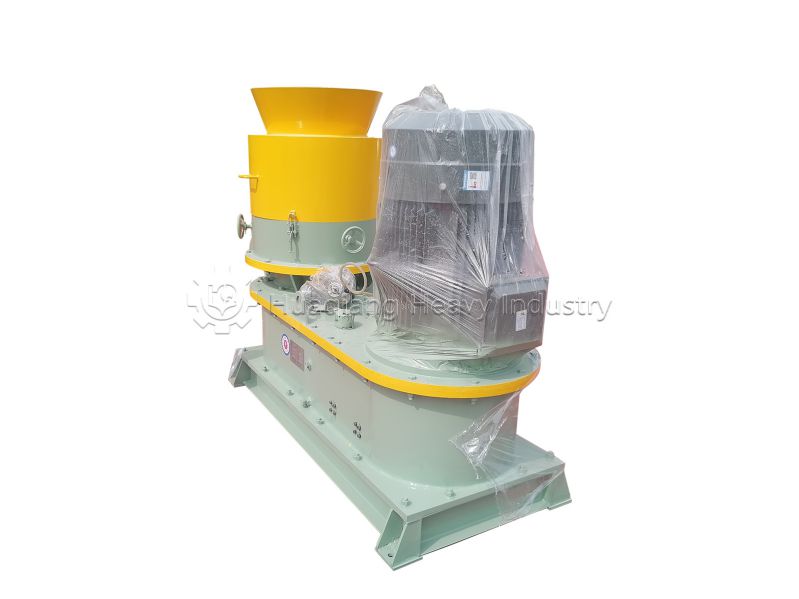How to solve the problem of insufficient pellet strength of flat die granulators?
Flat die granulators are key equipment for producing feed, organic fertilizer, and biomass pellets. However, weak pellet strength can lead to breakage during transportation, caking during storage, and reduced product value. Here’s how to fix it:
- Raw Material Issues
Moisture Control: High moisture (>15%) makes pellets loose, while low moisture (<8%) reduces binding. Adjust moisture to 10%-14% for organic fertilizer or 8%-12% for feed using drying or spraying systems.
Fiber and Binder Balance: Excess fiber (>40%) or insufficient binder (<3% additives like bentonite and lignin) lowers pellet density. Optimize ratios and add 1%-5% binders if needed.
- Mold Settings
Compression Ratio: Low ratios (such as 1:6) reduce compression. Match ratios to materials: 1:8-1:10 for biomass, 1:6-1:8 for organic fertilizer, 1:4-1:6 for feed.
Worn or Clogged Mold: Clean the die of the flat die granulator regularly. Replace if wear exceeds 0.5mm. Use alloy steel molds for durability.

- Equipment Adjustments
Roller Pressure: Low pressure reduces density. Increase hydraulic pressure based on material hardness. Keep roller-mold gap ≤0.1mm.
High Speed: Avoid speeds >300r/min. Adjust speed to ensure proper compression time.
- Process Optimization
Temperature: Below 60°C, materials flow poorly. Raise temperature to 70-90°C using steam (for feed) or friction heat (biomass).
Cooling: Inadequate cooling causes moisture absorption. Use counterflow coolers to lower pellet temperature from 80°C to room temperature (±5°C), keeping moisture <12%.
In short, insufficient pellet strength requires a systematic examination of raw materials, equipment and processes to ensure that the flat die granulator produces high strength and high quality pellets.
